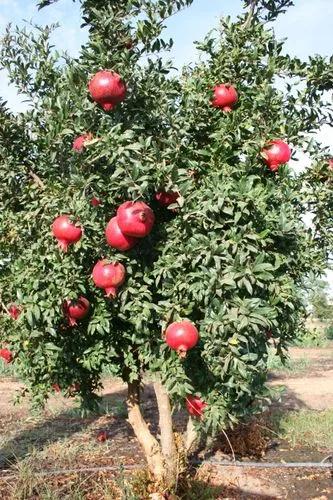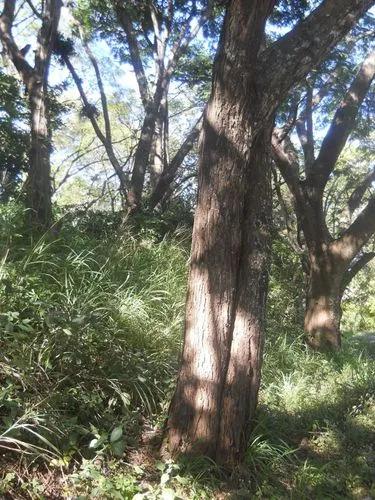Castanea mollissima, also known as the Chinese chestnut, is a member of the family Fagaceae, and a species of chestnut native to China, Taiwan, and Korea. It is a deciduous tree growing to 20 m tall with a broad crown. The leaves are alternate, simple, 10–22 cm long and 4.5–8 cm broad, with a toothed margin. The flowers are produced in catkins 4–20 cm long, with the female flowers at the base of the catkin and males on the rest. The fruit is a densely spiny cupule 4–8 cm diameter, containing two or three glossy brown nuts; these are 2–3 cm diameter on wild trees. The scientific name mollissima derives from the softly downy shoots and young leaves.
Chinese Chestnut Care
Castanea Mollissima



Castanea mollissima, commonly called Chinese chestnut, is native to China and possibly Korea. It is a medium sized, low-branched, deciduous tree that typically grows 40’ (less frequently to 60’) tall with an open rounded crown. It is grown as an ornamental tree and/or for its edible nuts. It is noted for its resistance to chestnut blight which has nearly wiped out the native American chestnut (Castanea dentata). Chinese chestnut features oblong-lanceolate, coarsely toothed, dark green leaves (5-8” long) that are soft green and pubescent beneath. Leaves turn varying shades of yellow in fall. Aromatic monoecious creamy yellowish-white flowers appear in catkins in late spring (June in St. Louis), the male flowers located at the top portion of the catkin and the female flowers located near the base. Flowers can be quite showy, albeit for a brief period. Flowers are followed by edible chestnuts which are encased in spiny dehiscent burs (2-3” diameter), usually 2-3 nuts per bur. Although Chinese chestnuts are sometime sold in farmers’ markets, it is the Spanish chestnut, Castanea sativa, that produces the chestnuts most often sold commercially. Genus name comes from the Latin name for this tree which was derived from the town of Castania in Thessaly where the trees reportedly grew in abundance. Specific epithet comes from the Latin word for soft, in reference to the pubescent twigs and leaf undersides.
How to Care for the Plant

Popularity

336 people already have this plant 21 people have added this plant to their wishlists
Discover more plants with the list below
Popular articles






